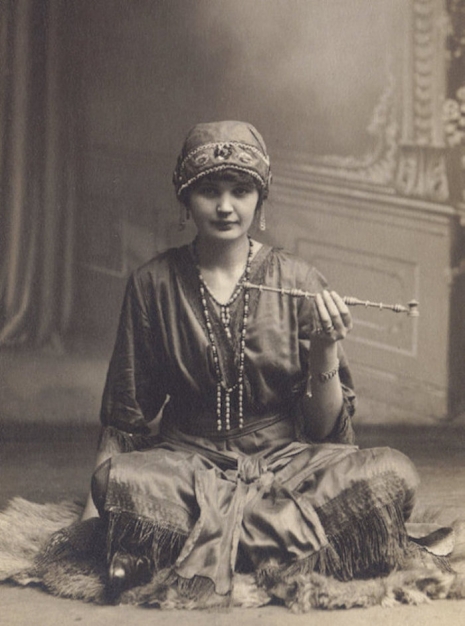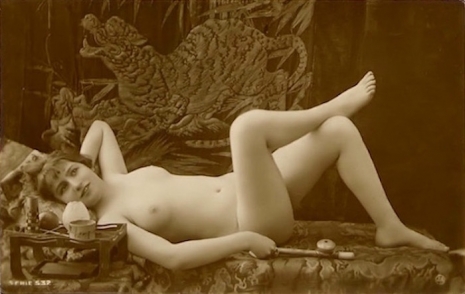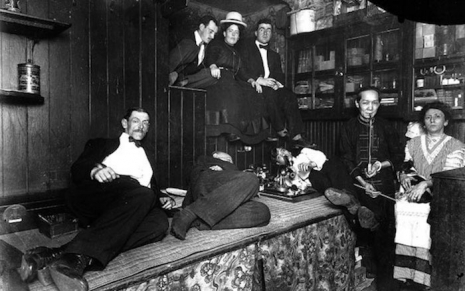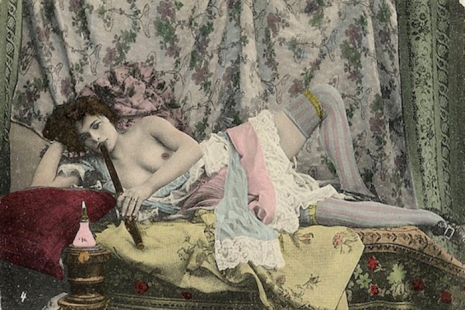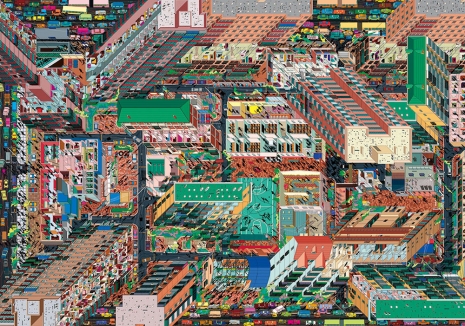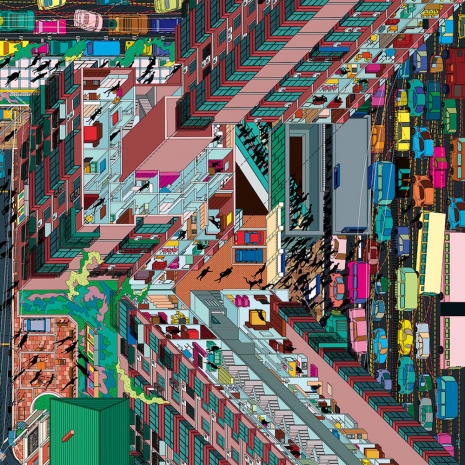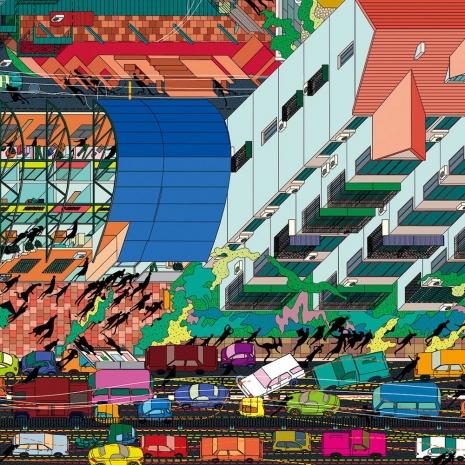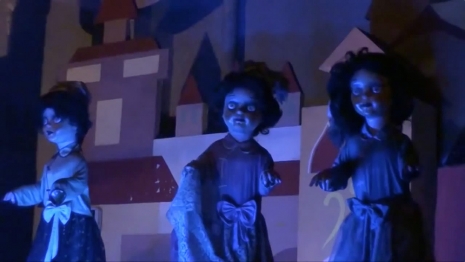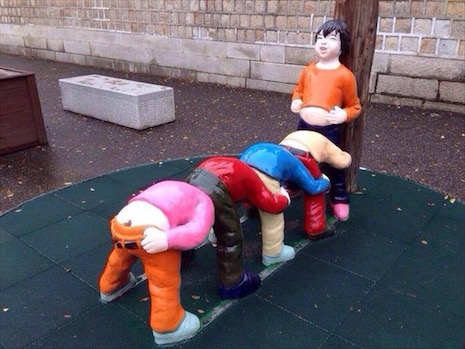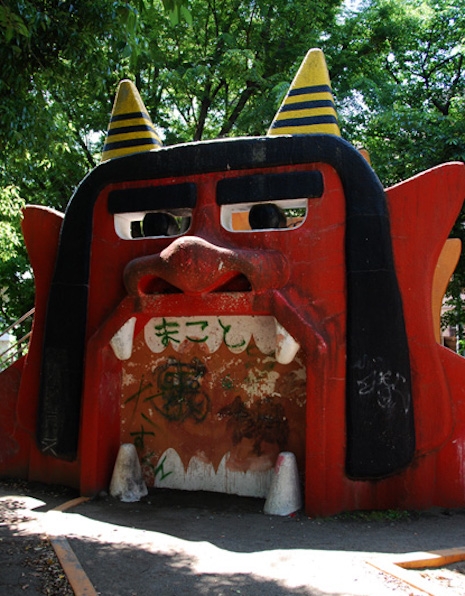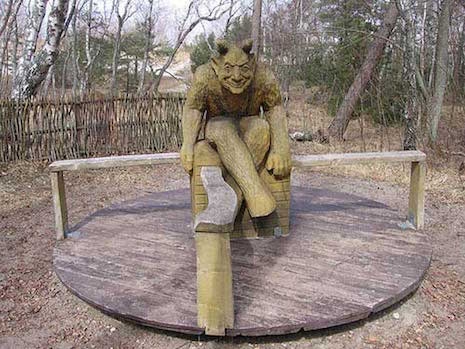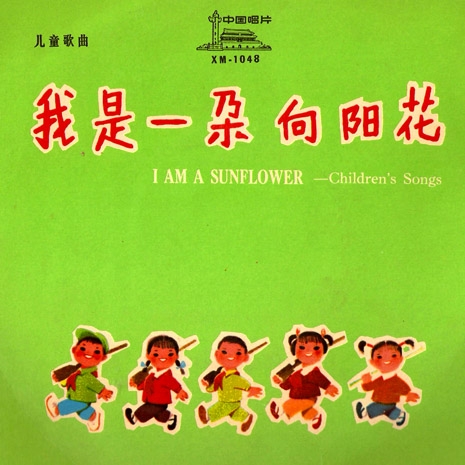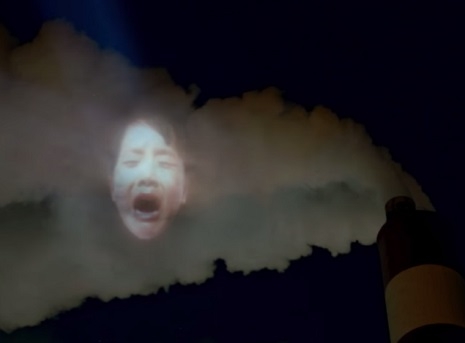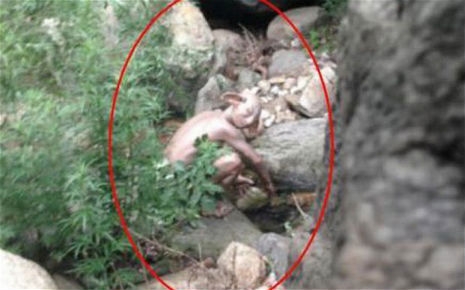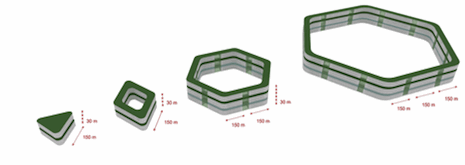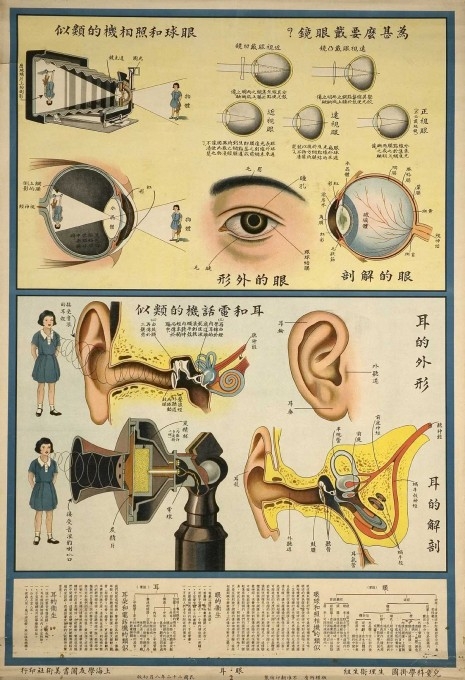
Out of all the “things” that have developed over the last few centuries, public health and hygiene propaganda is probably one of the most fascinating. To me, at least. From Victorian advertisements that looked more like S&M show-and-tell than healing tools to the wild VD films shown in US sex ed classrooms throughout the late 20th century, America has certainly had a strong history with weird and wacky ways to promote well being. I’m sure as shit not going to knock our flavor of crazy “stay healthy” publicity works since I own a good amount of 16mm films on how to prevent STDs and what fruits and vegetables you need to eat to stay balanced and pooping good. Wall to wall actors in fruit and veg costumes prancing about on a screen are great Friday night fun! Who needs bars when you have talking tomatoes and dancing grapes??
On the international side, however, I’ve become quite interested in Chinese public health posters and their history. First of all, many of them are incredibly beautiful. Their design and composition is quite a thing to behold. Considering that they are discussing how not to die of fatal diseases or some such topic, many of these communally shared images are awfully detailed and aesthetically pleasing. Others…well, their honesty and bluntness is admirable! And if nothing else, this is something I probably respect THE MOST about public health propaganda materials: they are there to tell you that you should really not fuck with the bad shit. The problem is so bad that they had to commission a poster for it. You might die. It’s all about extremes in public hygiene education. There really is no middle ground.
While these posters may make you laugh or giggle, there is a fairly serious element in much of the content—they meant what they said. It seems strange to us now in today’s technologically advanced world, but when these posters were the social media platform, this was how messages about health were communicated. So just as a warning to those with a weak stomach, there may be an image or two here that are not completely, uh, ready for prime time…
It didn’t surprise me to discover that the US had a hand in China’s medical structure, nor was I shocked to find out that it was the Rockefeller family that introduced Western medicine to China. Good ol’ John D. helped to establish the China Medical Board and the Peking Union Medical College (PUMC) in the early 1920s (a medical school that still exists and is still highly respected). THAT SAID, the PUMC was certainly not an accurate reflection of the Chinese people. Based on the US John Hopkins model, the medical facilities did not truly attempt to include traditional Chinese medicine and thus many saw the PUMC and its work as Western colonization and were not super stoked on Rockefeller’s “contributions.” The tech may have been more advanced but it managed to completely steamroll over Chinese health and medical culture in its attempts to “modernize” what they interpreted as an underdeveloped society.
But y’know that was Western colonial thought. Fun times.
Anyways, above and beyond the obvious issues that arose from Old White Dudes fucking up (as usual) and deciding to make medicine and life-saving procedures a political issue (sound familiar?), some really fascinating health propaganda material came out of it. Let’s look at it, shall we? (I could have captioned these, but that would have distracted from the art of these things. Plus it’s more fun to just imagine what’s going on if you don’t read Chinese.)
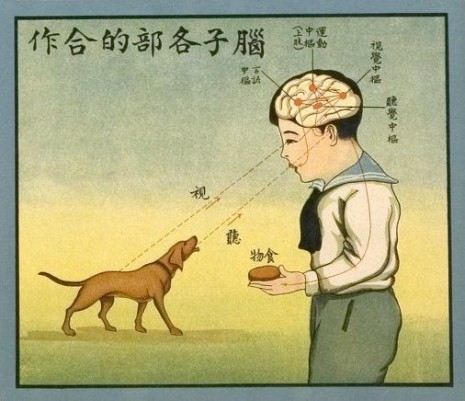

Many more after the jump…






